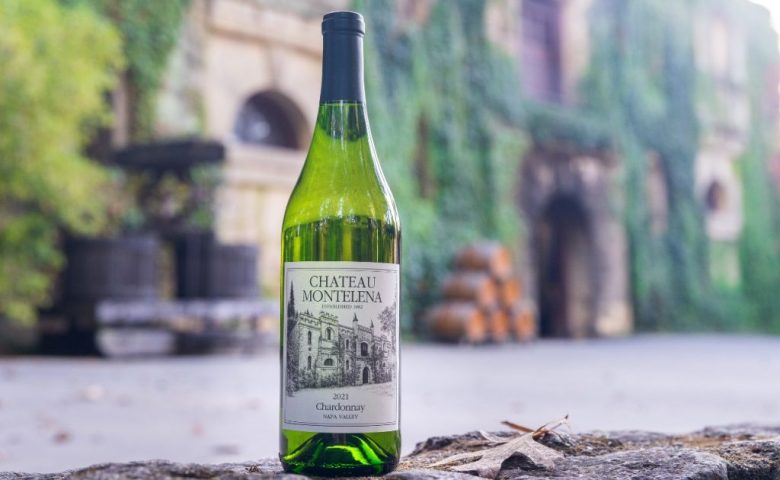Nestled in the rolling hills of Napa Valley, Chateau Montelena stands as a testament to passion, perseverance, and the unexpected triumph of New World winemaking. Founded in 1882 by Alfred L. Tubbs, this historic estate has journeyed through boom and bust, war and prohibition, only to rise again and capture the world’s attention in one defining moment.
A Storied Beginning
Alfred L. Tubbs, a prosperous San Francisco businessman, purchased the property now known as Chateau Montelena in 1882. Inspired by the chateaux he admired on his travels through France, Tubbs commissioned the construction of a 24-room stone manor reminiscent of Burgundy estates. Early plantings included Cabernet Sauvignon, Chardonnay, Zinfandel, and Riesling, aiming to showcase Napa’s potential for world-class wines.
Trials and Resilience
Like many California wineries, Chateau Montelena endured the hardships of Prohibition (1920–1933), when it operated covertly as a “vineyard for home winemakers.” The Great Depression and changing ownership throughout the mid-20th century further threatened its survival. By the 1960s, the estate had fallen into disrepair—until a visionary couple entered the picture.
The Beaulieu Acquisition and Revival
Jim and Betty Barrett acquired Chateau Montelena in 1972, envisioning a return to its former glory. Betty oversaw restoration of the vineyard and cellar, while Jim—with limited oenological training—took to winemaking. Their first vintage, a 1972 Chardonnay, won praise from local connoisseurs but little else. Undeterred, they refined their approach, emphasizing balance, restraint, and Burgundian techniques.
Judgment of Paris: A Turning Point
On May 24, 1976, a blind tasting pitted California wines against top French appellations in London. To the astonishment of judges, Chateau Montelena’s 1973 Chardonnay placed first among white wines, outscoring Burgundian stalwarts. This “Judgment of Paris” shocked the wine world, proving that Napa Valley could rival—and even surpass—the Old World’s finest. Sales of Chateau Montelena soared, and the Barretts became symbols of American winemaking prowess.
Today’s Legacy
Over four decades later, Chateau Montelena remains family-owned and dedicated to crafting wines of elegance and aging potential. Key offerings include:
- Estate Chardonnay: Crisp, mineral-driven, with notes of green apple and subtle oak influence.
- Estate Cabernet Sauvignon: Dark fruit, graphite, and firm tannins, reflecting the winery’s diverse soils.
- Zinfandel Reserve: Rich berry flavors balanced by spice and bright acidity.
Beyond their flagship wines, the estate’s lush gardens and historic stone chateau draw visitors from around the globe, offering tastings that blend education with the romance of Napa Valley’s golden era.
Impact on Modern Winemaking
Chateau Montelena’s story underscores the importance of terroir, craftsmanship, and bold vision. It catalyzed investment in California vineyards and inspired countless winemakers to pursue excellence without imitation. Today, Napa Valley boasts hundreds of acclaimed estates—a testament to the Barretts’ pioneering spirit and the legacy of that fateful Paris tasting.
From its humble beginnings to its place in viticultural history, Chateau Montelena exemplifies the power of perseverance and the magic that can happen when tradition meets innovation. Whether you’re a wine aficionado or a curious newcomer, a visit to this storied estate offers not just a taste of exceptional wines, but a sip of history itself.


